What is Partial Hospitalization Program (PHP)? | How to Find PHP Treatment Near You
- Cheree Ashley
- Medically Reviewed
When most people think about a drug and alcohol treatment center, what comes to mind is an inpatient or outpatient treatment program. However, there is another option, one that is in between inpatient and outpatient, that may be just the right fit. The in-between program is called a partial hospitalization program, or PHP. A PHP provides a combination of the intensive, structured setting of inpatient treatment with the freedom of outpatient treatment. Additionally, PHPs are much less expensive than residential treatment and can be just as effective for the right patients.
What Is a Partial Hospitalization Program?
Partial hospitalization programs are similar to inpatient drug and alcohol treatment programs in California – they are short-term, intensive treatments that offer education, therapy, life, and coping skills, and relapse prevention. However, unlike inpatient treatment, in a PHP, patients sleep at home each night rather than at the treatment center. Typically, in a PHP, treatment is for at least six hours a day, five to seven days a week. This allows more time for intensive treatment than outpatient treatment programs. Partial hospitalization programs are often used as a step down from inpatient treatment.
Who Should Go to a Partial Hospitalization Program?
It can be challenging to determine which level of care is best for someone seeking drug and alcohol treatment. Here are some factors that may indicate someone is a good candidate for a partial hospitalization program. The individual:
- struggles with drug or alcohol abuse, but also has a supportive family or home environment
- doesn’t use substances that cause dangerous withdrawal symptoms (for example, withdrawal from alcohol can cause delirium tremens, seizures, and even death)
- needs flexibility and cannot commit to residential treatment
- is able to transport themselves to and from the program facility
- is will and able to work hard in the program, including in individual and group therapy
- can self-regulate (or has someone available to monitor) prescription medications, if needed
If the above factors apply to you or your loved one who needs help, PHP may be a good option. However, it is important to always consult with your doctor, therapist, or admissions counselor to determine which level of care will be most beneficial.
Elements of Partial Hospitalization Programs
The partial hospitalization program model is relatively new in the treatment of drug and alcohol addiction. It became popular in the 1990s as an effective way to reduce the symptoms that are associated with mental health conditions and addictions.
As a step down from inpatient treatment programs, PHPs help patients gradually reintegrate into the real world while still having a higher level of structure, accountability, and protections. However, some patients are starting with a PHP rather than inpatient treatment, because they need the autonomy for work, school, or family obligations.
Patients who attend PHPs are usually physically and psychologically stable at that point in their recovery, and no longer need the full-time care of inpatient treatment. They participate in activities throughout the day, much like the activities in inpatient treatment, but they go home at night. The activities in PHPs are designed to improve patients’ coping skills, self-confidence, communication skills, and decision-making skills. They receive further education about addiction and mental health, are monitored regularly by nurses, and have access to medical and psychiatric care while in a PHP.
What Happens in Partial Hospitalization Programs?
Partial hospitalization programs are day programs, typically at least six hours a day, that meet five to seven days a week. While each program is unique, there are some common activities that are often included in PHPs, including:
- Medical support and monitoring
- Mental health counseling
- Different therapies, including individual, group, traditional, and holistic options
- Education about drug and alcohol addiction and mental health conditions
- Access to indoor and outdoor amenities, including yoga, meditation, etc.
While PHP can be a starting point in some recovery paths, it’s most often a step down from inpatient treatment and before outpatient treatment.
What Are the Benefits of PHP?
The benefits of PHPs are similar to those of inpatient and outpatient treatment. Partial hospitalization programs offer:
- Intensive, structures therapies
- Extended access to medical care
- Mental health or psychiatric care
- Regular meetings
The structured daytime schedule is essential to people in early sobriety who need to learn that focus on recovery must be the number one priority. Additionally, by having meeting hours that are similar to a typical workday, PHPs help patients transition back into working hours and helps them realize that sobriety and recovery take a lot of work.
Perhaps most importantly, PHPs that are part of a larger continuum of treatment programs, such as starting with detox, moving to inpatient, then PHP, outpatient, and aftercare, offer patients the best chances of achieving long-term recovery.
What is the Cost of a Partial Hospitalization Program?
Typically, the more intensive an addiction treatment program is, the more it costs. PHP treatment is less intensive than inpatient treatment, so the cost is generally lower than those programs. Likewise, because PHP is a higher level of care than outpatient treatment, its costs are generally higher than outpatient programs. The actual cost of a partial hospitalization program depends on several factors, including:
- The type of addiction treatment center that offers the PHP
- The location of the center
- The amenities, details, and activities provided
- Whether you are taking only a PHP or you’re transitioning from an inpatient program to PHP
Paying for Partial Hospitalization Programs with Insurance
Most people who go to PHP treatment for addiction use their medical insurance to help with the cost. Some insurance plans will cover the entire cost, while others will pay for a portion of it. You have to check with your insurance company to see what your individual plan covers. If yours doesn’t cover all of the cost for treatment, you will be responsible for paying the balance. Some treatment facilities will allow you to set up a payment plan so you can pay off the balance over time.
Paying for Partial Hospitalization Programs without Insurance
If you don’t have medical insurance, don’t be discouraged – there are still options for getting addiction treatment. You can find low-cost and no-cost treatment options that are just as effective as others. Additionally, you could also check with some rehabs and see if they will allow you to set up a payment plan to self-pay for treatment over time. Some rehabs will work with you. Others may have scholarships or other financial aid. It doesn’t hurt to ask. As a last resort, you can ask supportive friends and family to help you out financially with either a loan or a gift.
Final Thoughts about Partial Hospitalization Programs
Partial hospitalization programs are ideal for individuals who need more than what outpatient treatment provides, but not the around-the-clock care of residential treatment. Often, PHP is attended by individuals who have just completed inpatient treatment. But whether recovery takes place in a residential facility, a partial hospitalization program, or an outpatient treatment program, addiction treatment can turn people’s lives around.

When it comes to addiction treatment and recovery, Bright Future Recovery’s team delivers beyond expectation.







